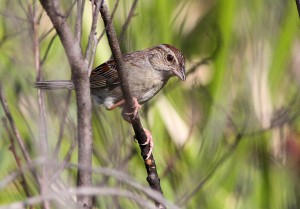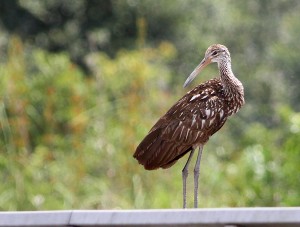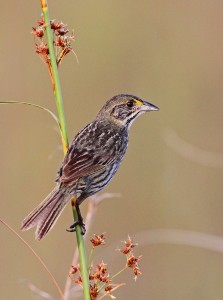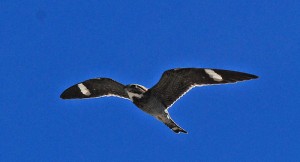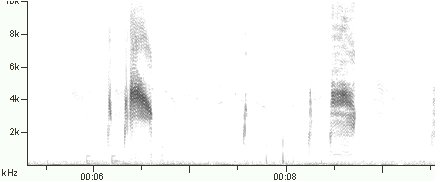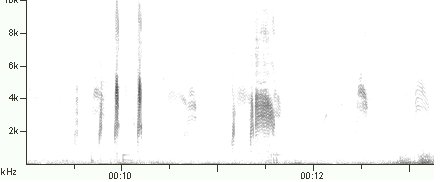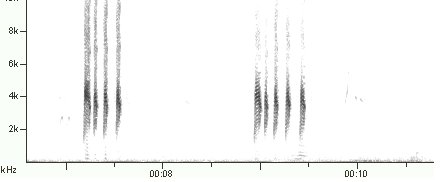Florida, Part 2: Keys to Piney Woods
In addition to all the immigrants that I targeted, I spent a good amount of time on some of the native species of Florida as well. My target list here was much more refined, mostly hard to record species and rare vocalizations, and so my success rate was a bit lower. But by the time my trip was over I still managed to get a nice collection of cool recordings, with a nice smattering of rare ones thrown in:
Mottled Duck is a surprisingly rarely recorded species. Maybe that’s because it’s just a glorified Mallard – or maybe the opposite of glorified, being less colorful. Or maybe it’s because it can be hard to find pure birds anymore in places most people bird. Whatever the case, it was a major goal of mine to get some recordings from them, and I did from both hybrids and apparently pure birds:
|
|
|
It wasn’t all that long ago that I didn’t even know that Bachman’s Sparrow had a flight song. As soon as I heard about it I had to go record it! And it took a little effort, but eventually I found a pair of birds with an older juvenile late one evening that made all sorts of cool sounds, including the “flight” song a few times (but always while perched). I also recorded a variety of calls from them, and their beautiful primary song.
|
|
|
Not surprisingly, a number of the bird I was looking for were found on the Florida Keys. High among these were White-crowned Pigeon and Black-whiskered Vireo (especially calls of both, which are rarely recorded), but I also recorded a few other fun species such as Antillean Nighthawk and Gray Kingbird.
Not really on the target list, but still a very cool (and unique) bird, I was able to get some good cuts of Limpkin near Miami while I was looking for Swamphens. I was most surprised to learn that they actually make a very distinct winnowing sound while flying in an apparent display flight, and was very pleased to get a recording of it.
One of the major highlights of my trip was recording in the Everglades. I’ll admit, I got very few recordings there, BUT I did get one of my most wanted – Cape Sable Seaside Sparrow. And in addition to getting good recs I had spectacular views as well, a rarity for this endangered subspecies.
|
|

